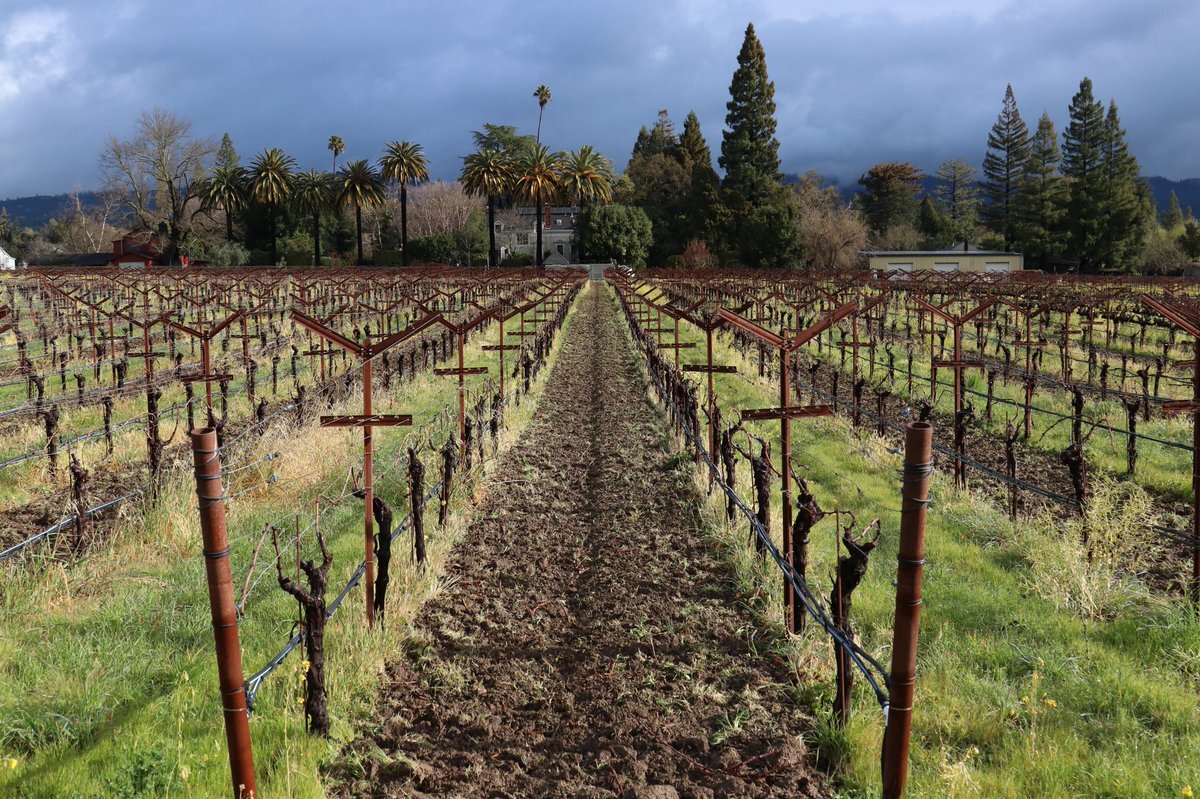
To Till or not to Till
The ultimate question of thoughtful farming…
What?
Tilling or cultivating a vineyard is a common farming practice and a form of vineyard floor management. It is defined as preparing the soil for crops by way of harrowing or plowing which breaks up and/or smooths out the soil. As seen in the image above, every other row has been cultivated.
Why?
Tillage and cultivation is a important topic and still is being discussed in the New viticultural world and is very dependent on specific site and climate
To Till; Tillage helps keeps vines row clear of weeds, superficial rooting and unwanted growth without the use of herbicides. Additionally, tillage can provide aeration to the soil. However, Tillage can damage the structure of the soil, release all sequestered gases and most importantly disrupt the microbial communication between plants.
To not till; No-till practice is a way to increase biodiversity in the vineyard, secure carbon in the soil where it is needed most and prevent soil compaction that would cause water run-off and erosion. However, No-Till practice tends to rely heavily on herbicides.
How?
Many vineyards throughout the world utilize cultivating attachments to their tractors such as a Harrow. In some climates and areas where tillage is more common farmers who are trying to farm thoughtfully will till by hand or by horse. This helps decrease the impact a tractor might have on the soil and the atmosphere.
Within no-till practice, farmers will simply not touch the soil and utilize herbicides and/or manual labor to manage growth on the vineyard floor. Additionally, for those who stray away from chemical inputs, crimping the vineyard floor has become a popular solution. Crimping works by gently folding over all growth which halts further growth and helps maintain soil temperature and protection. See below.
Crimping a vineyard row at Hanzell Vineyard in Sonoma, CA
